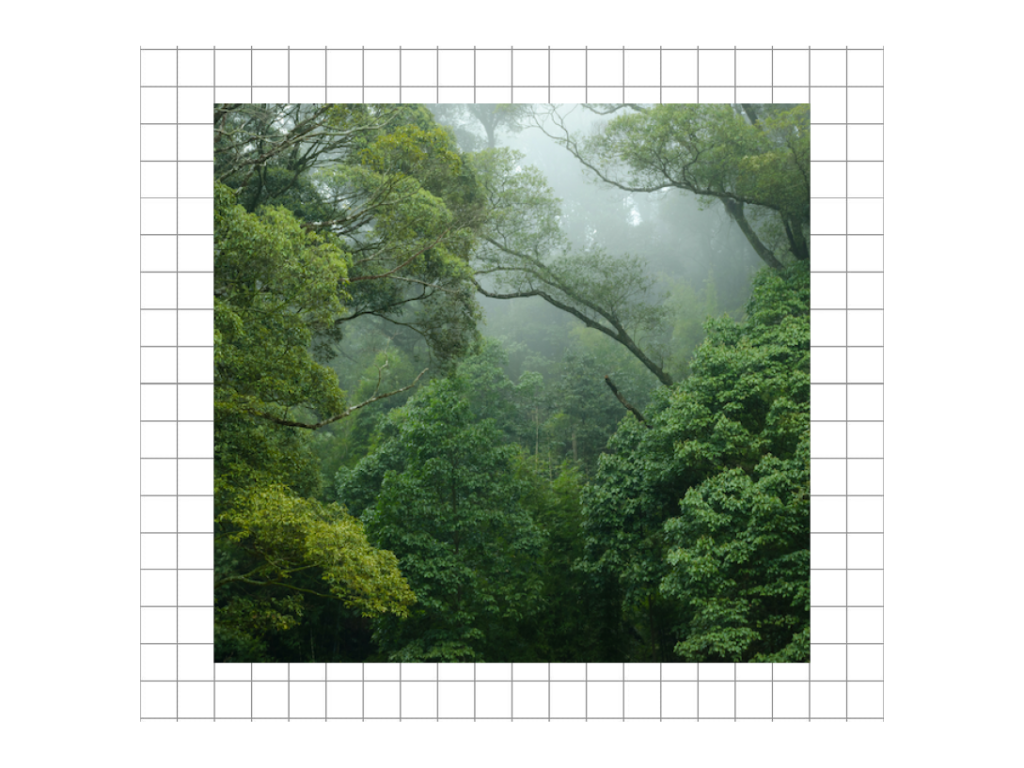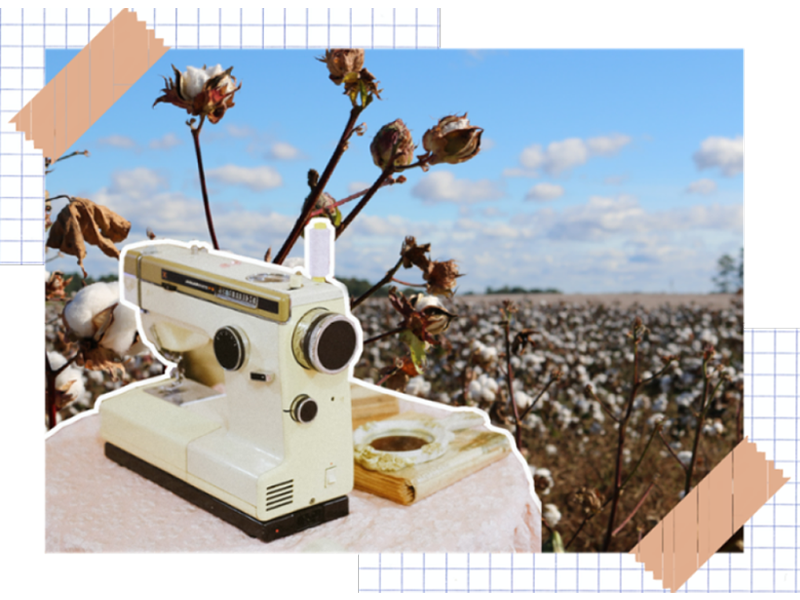Almost every day, it seems another big fast fashion brand like H&M, Zara or ASOS launches a ‘green’ collection. Often what sets these clothes apart is the materials used in their production: whether natural fibres like cotton or linen, or recycled textiles. But behind the stylish branding and feel-good vibes, many of these materials are not as eco-friendly as they appear. We’ve rounded up some of the most common offenders to look out for next time you shop new.
Viscose

Also known as rayon, viscose is commonly touted by brands as a sustainable fabric. And in one sense, it is – viscose is made of wood pulp from fast-growing plants like bamboo, eucalyptus or pine. In theory, that means it’s biodegradable and renewable as well as cheap to produce.
It is often hard to know whether the wood used to make the fabric has been sourced responsibly
But the manufacturing process, which dates back to the nineteenth century, can be environmentally destructive. It often uses high concentrations of harmful chemicals and requires a lot of energy and water.
Plus, it is often hard to know whether the wood used to make the fabric has been sourced responsibly. As much as 30% of viscose used in clothing comes from endangered forests, meaning the fabric contributes to deforestation and habitat destruction.
Instead, look for: There are several different types of sustainable viscose. EcoVero branded viscose comes from responsibly-managed forests and uses 50% less energy and water than traditional methods. It’s used by brands like Nobody’s Child and Ganni. Lyocell is another viscose-style fabric to look out for which isn’t made with toxic chemicals at all.
Vegan leather

In most cases, fast fashion brands use ‘vegan leather’ to mean plastic leather, or pleather. Although that means avoiding animal products, many leather substitutes won’t break down in landfill, are carbon-intensive to produce – and are literally made from fossil fuels.
So it’s important to look at the product description with care before you invest in vegan shoes, bags or clothing. Pleather is most often made of polyurethane (PU) or polyvinyl chloride (PVC). These plastics are sometimes bonded onto a fabric backing.
Fast fashion brands often use ‘vegan leather’ to mean plastic leather
If you must, PU is the slightly more eco-friendly choice. It was developed to reduce the amount of toxic chemicals used during manufacturing. On the other hand, PVC actually releases dioxins and other toxins while it is being worn (that’s why it smells so bad), and is particularly dangerous if burnt. Both PU and PVC will release microplastics when washed, like all synthetic fabric.
By the way, even if you don’t mind the thought of wearing real leather, make sure it’s made sustainably. Tanning, the process of softening and finishing animal skins, uses heavy metals and other pollutants.
Instead, look for: The fashion industry is constantly developing new leather substitutes made from natural materials. These include cork, mushrooms and even pineapples. But again, proceed with caution as many are still coated in plastic and won’t biodegrade.
Alternatively, buy real leather second-hand – there’s lots to be found on Depop which might otherwise go to landfill.
Cotton

If you look at H&M’s Conscious collection, many of the items are listed as sustainable because they are made of cotton. Like viscose, cotton starts its life as a plant – so a 100% cotton garment is completely biodegradable. But is that enough?
It takes 2,700 litres of water to grow enough cotton for one T-shirt
Cotton is an incredibly high-maintenance crop. According to the World Wildlife Fund, it takes 2,700 litres of water to grow enough cotton for just one t-shirt. This can be a major problem because the countries where it’s grown, like India and Pakistan, already face water supply issues. In fact, as much as 3% of the world’s fresh water is used in cotton farming.
Cotton also needs pesticides and fertilisers by the bucketload – which often end up back in those precious waterways. The Pesticide Action Network UK estimates that every year, up to 3% of farmworkers are poisoned by harmful chemicals, many fatally.
Instead, look for: Organic cotton. Grown using natural techniques, can use 91% less water and is far less polluting. Only 1% of cotton produced worldwide is organic, so support brands that stock it if you can. Look for the Global Organic Textile Standard (GOTS) and Organic Content Standard logos when shopping.

